Dii Desert Energy has published its comprehensive report on the energy transition in the Middle East and North Africa (MENA) region. The report, titled “MENA Energy Outlook 2025 - Renewables, Hydrogen and Energy Storage Insights 2030”, analyzes the current state of emission-free technologies, from solar and wind power to hydrogen and energy storage, and outlines expected developments through 2030. Cornelius Matthes, CEO of Dii Desert Energy, emphasizes that MENA is rapidly becoming a global hub for renewable energy and is pleased to contribute to this transformation with transparent market data.
According to the report's key findings, solar and wind power capacity in the region has doubled in the last five years, reaching 30 GW. By 2030, at least 20 GW of new installations are expected annually, while in a more ambitious scenario this figure could exceed 40 GW. Large-scale projects are now the norm, with the UAE leading in terms of installed capacity. Hydrogen investments have also gained remarkable momentum, with more than 90% of the 117 projects announced by the end of 2024 focusing on green hydrogen production. However, carbon pricing and incentive mechanisms need to improve for hydrogen to compete with fossil fuels.
Energy storage technologies are also becoming increasingly important in the region. By deploying some of the world's largest battery energy storage systems, MENA has taken a critical step towards the uninterrupted use of renewable energy. This report by Dii Desert Energy is a valuable resource for those who want to understand both the current situation in the region and the potential for the future.


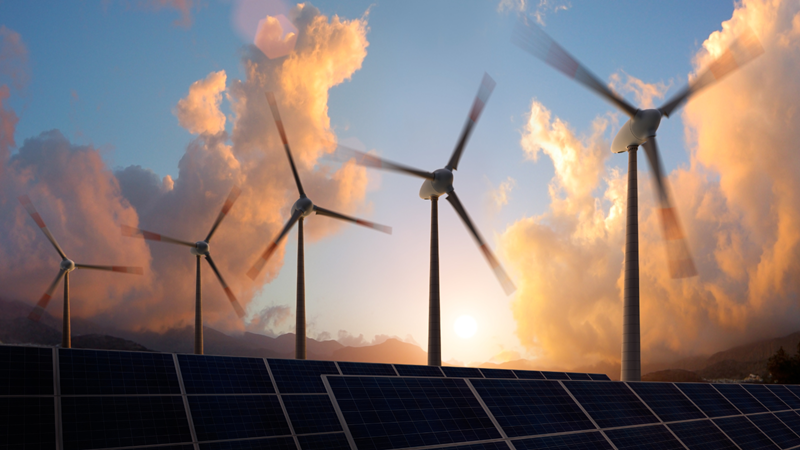
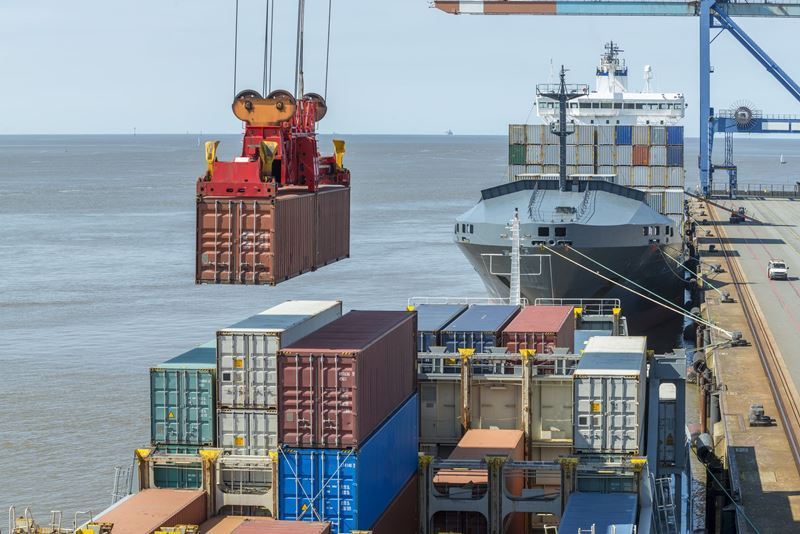
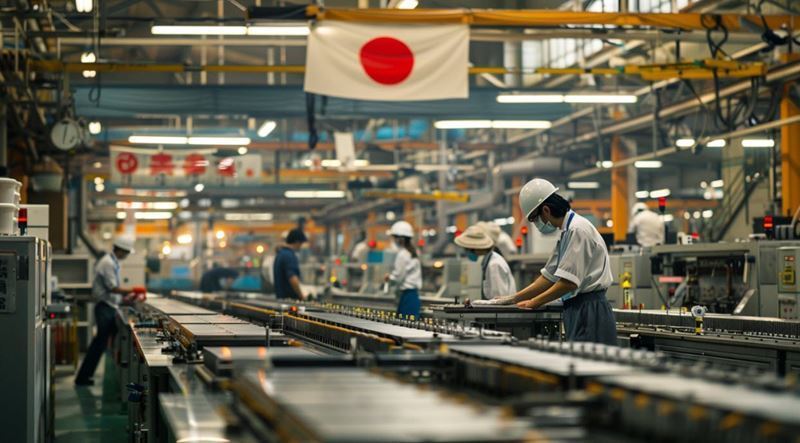
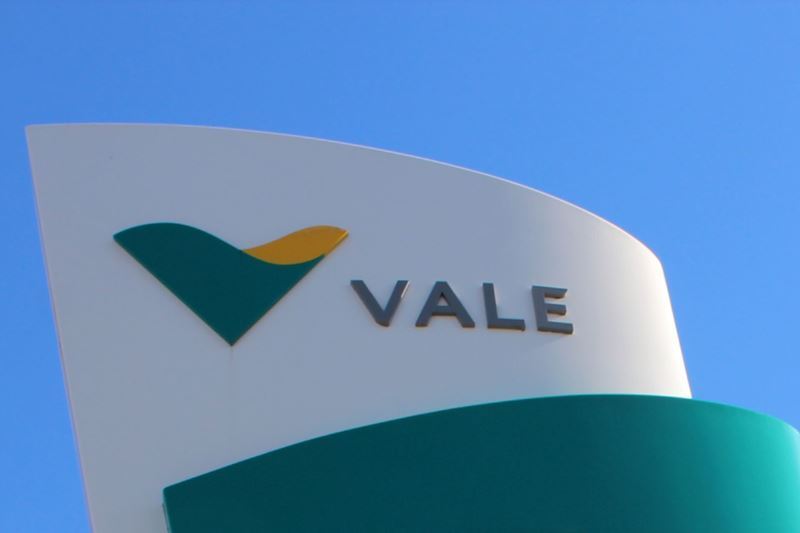

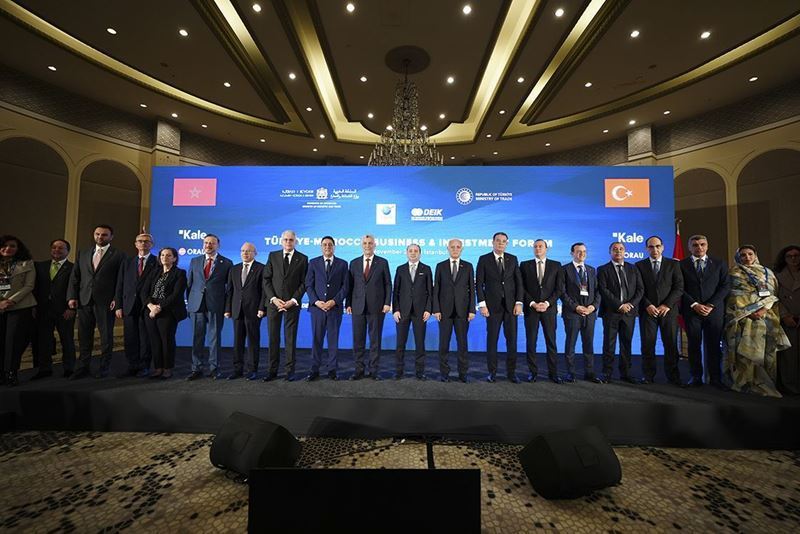

Comments
No comment yet.